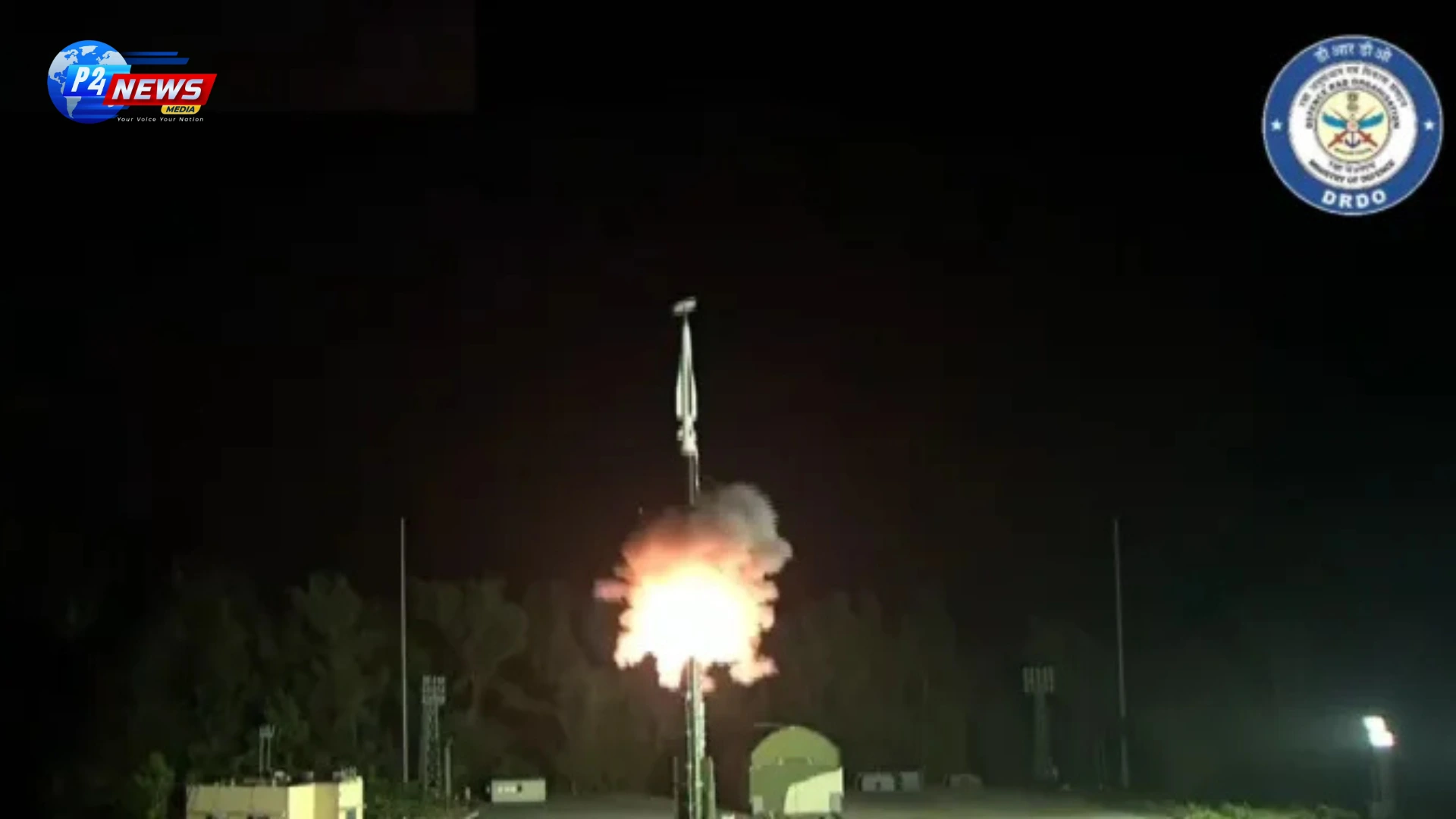India's defense landscape witnesses a monumental shift with the successful test of a hypersonic cruise missile, marking a new chapter in military technology and strategic deterrence
India's defense landscape witnesses a monumental shift with the successful test of a hypersonic cruise missile, marking a new chapter in military technology and strategic deterrence
In a significant advancement for its defense capabilities, India has successfully tested a hypersonic cruise missile, establishing itself among the elite nations with such technology. This development is not merely an engineering success; it signifies a decisive shift in the balance of power in South Asia, particularly in the context of traditional adversarial relationships.
The hypersonic cruise missile operates at speeds exceeding Mach 5, akin to a cheetah in the air, driven by sophisticated propulsion methods that allow for both low-altitude flight and agile maneuverability. This unique combination of speed and stealth renders them extraordinarily difficult to intercept.
Impressive Evasion Tactics
Unlike conventional ballistic missiles, which follow predictable trajectories, hypersonic missiles can change direction rapidly, making them nearly impossible for current air defense systems to intercept. They skim the earth’s surface, evading radar detection, and their immense speed generates heat that existing heat-seeking munitions cannot cope with.
Most air defense systems are designed to counter slower, predictable threats, leaving them vulnerable to the unpredictable flight pattern of hypersonic missiles. The ability of these missiles to outmaneuver existing defense technologies marks a significant evolution in aerial threats and necessitates a reevaluation of current military strategies.
The successful test of a hypersonic missile comes at a time of heightened tension with neighbors like Pakistan and China. In the context of India-Pakistan relations, this missile acts as a counterbalance to Pakistan’s nuclear capabilities, signifying that India can strike critical military and strategic assets effectively. Furthermore, as China continues to assert its military presence in the region, India's advancement in hypersonic technology is a clear signal of its commitment to maintaining strategic autonomy.
With the ability to deliver rapid, precise strikes, hypersonic missiles enhance India's military response capabilities. The potential for multi-target engagement allows for greater flexibility in combat scenarios, whether targeting land-based assets or maritime forces.
India's naval strategy will also benefit tremendously from hypersonic missile technology. By equipping warships with these missiles, the Indian Navy can establish sea denial measures in key maritime routes, safeguarding national interests against any potential incursion.
While the advancement of hypersonic technology poses challenges, including managing extreme temperatures and propulsion efficiency, India's history of innovation positions it well to tackle these issues. Furthermore, fostering strategic partnerships with allies can bolster development and enhance collective security.
The successful test of the hypersonic missile represents a pivotal moment in India's defense narrative. It symbolizes a shift towards a more robust, technologically advanced military posture capable of addressing contemporary security threats. With this leap into hypersonic capabilities, India not only reinforces its deterrence strategy but also affirms its commitment to national sovereignty and regional stability.
'
Like
Dislike
Love
Angry
Sad
Funny
Pray
9th Ayurveda Day in Melbourne: A Celebration of Ayurvedic Innovations and Global Health Impact
November 10, 2024Australia’s Terror Alert Jumps to ‘Probable’: What You Need to Know About the Increased Risk
August 05, 2024🍪 We Value Your Privacy and Experience Hi there! We use cookies to enhance your browsing experience, provide personalized content, and analyze site traffic. By continuing to use our site, you consent to our use of cookies.







Comments 0